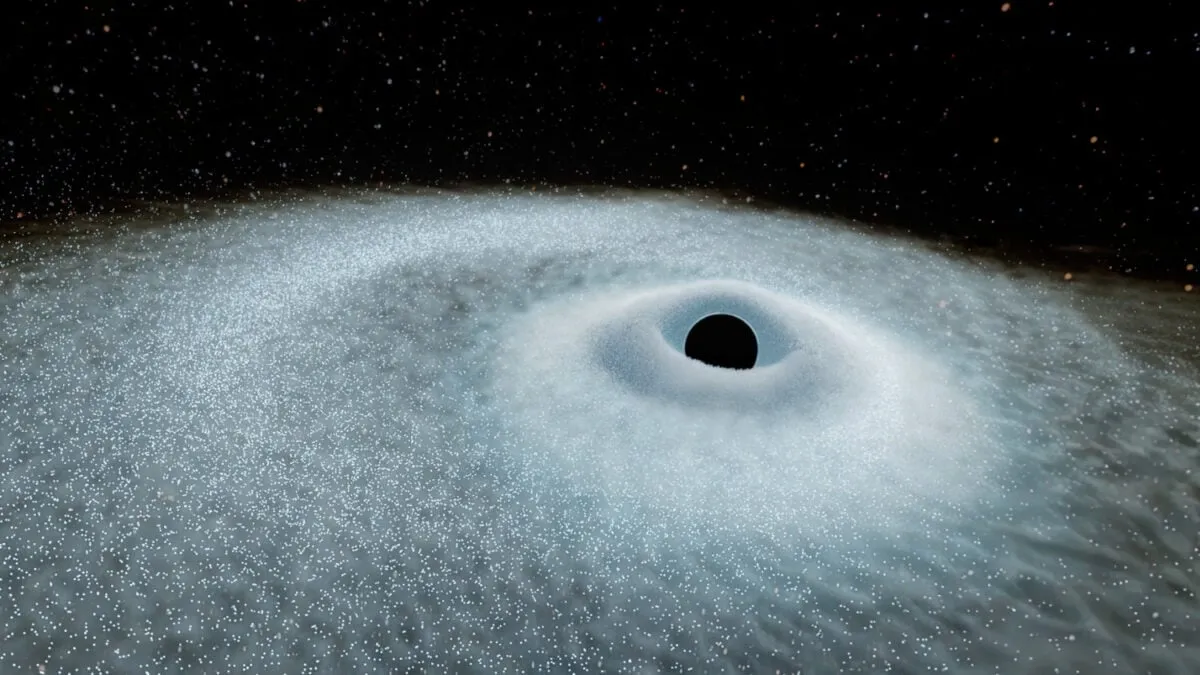
A groundbreaking discovery has emerged from the beautiful landscapes of Hawaii, where astronomers have identified a new type of explosion known as Extreme Nuclear Transients (ENTs). These events represent the most energetic stellar explosions ever documented, occurring when supermassive black holes tear apart stars that are at least three times the mass of our Sun. This momentous finding was detailed in a study published on Wednesday in the journal Science Advances, which aims to enhance our understanding of the distant universe.
According to Jason Hinkle, the lead author of the study and a PhD student at the Institute for Astronomy at the University of Hawaii, “We’ve observed stars getting ripped apart as tidal disruption events for over a decade, but these ENTs are different beasts.” He explains that ENTs reach brightness levels nearly ten times greater than typical tidal disruption events. Tidal disruptions occur when supermassive black holes pull apart any star that ventures too close, making ENTs a unique subset of these phenomena.
What sets ENTs apart is not just their incredible brightness but also their sustained luminosity, lasting for years and far exceeding the energy output of the brightest known supernova explosions. This discovery sheds light on a variety of cosmic processes, providing astronomers with a new tool to study the complexities of our universe.
The discovery of ENTs was almost serendipitous. While examining data from the European Space Agency’s Gaia mission for persistent flares emanating from the centers of galaxies, Hinkle stumbled upon two peculiar signals from the years 2016 and 2018. This unexpected find sparked a multi-year investigation. Concurrently, two other research teams identified a similar flare from 2020 in the Zwicky Transient Facility (ZTF) survey. Further analysis performed at the W. M. Keck Observatory in Hawaii confirmed that the 2020 event shared characteristics with the earlier Gaia events, solidifying their significance.
The immense energy released during these events indicated they were not standard stellar explosions. The light curves of the events suggested that a supermassive black hole was actively engaging in a process known as accretion, where it absorbs surrounding material. However, unlike traditional black hole accretion—which usually involves nearby matter heating up and emitting irregular light—these ENTs showcased a supermassive black hole systematically tearing apart and consuming a giant star.
ENTs are recognized as the most energetic explosions recorded in the universe. One event, named Gaia18cdj, released an astonishing 25 times more energy than any known supernova. In broader terms, each ENT emits energy equivalent to what 100 Suns would produce over their entire lifespans of 10 billion years. This is a stark contrast to standard supernovae, which typically release energy comparable to that of a single Sun.
Benjamin Shappee, a co-author of the study and Associate Professor at the University of Hawaii’s Institute for Astronomy, emphasized the significance of these celestial phenomena: “Because they’re so bright, we can see them across vast cosmic distances—and in astronomy, looking far away means looking back in time.” By observing these prolonged flares, astronomers can gain critical insights into black hole growth during a pivotal era known as cosmic noon. During this time, the universe was only half its current age, and galaxies were highly active, forming stars and feeding their supermassive black holes at rates ten times greater than today.
The discovery of Extreme Nuclear Transients marks a significant advancement in our understanding of cosmic events, providing a new lens through which we can study the universe’s most enigmatic features.